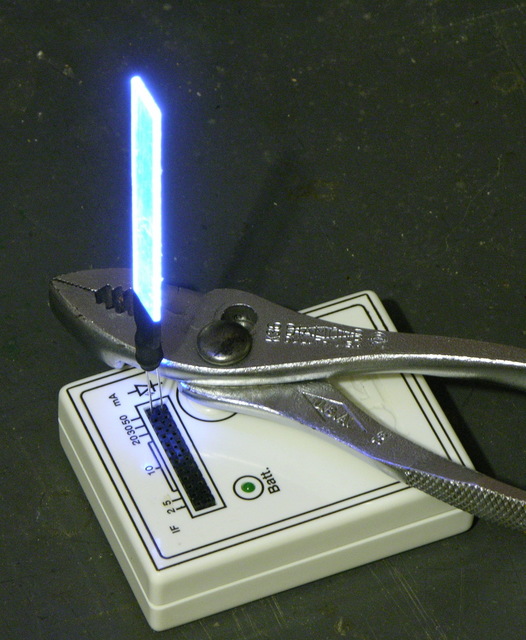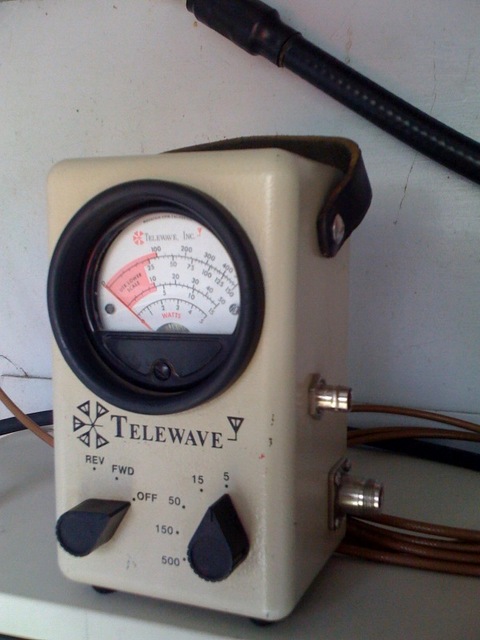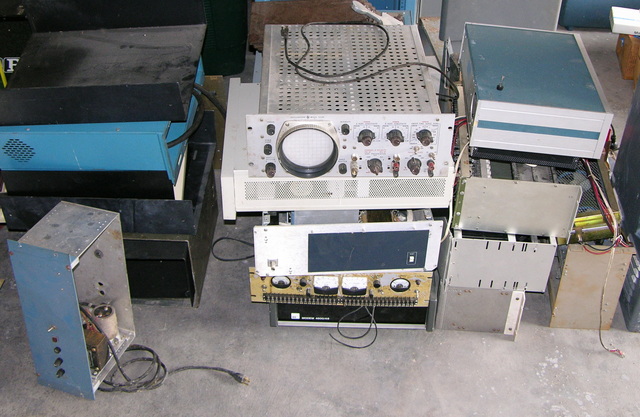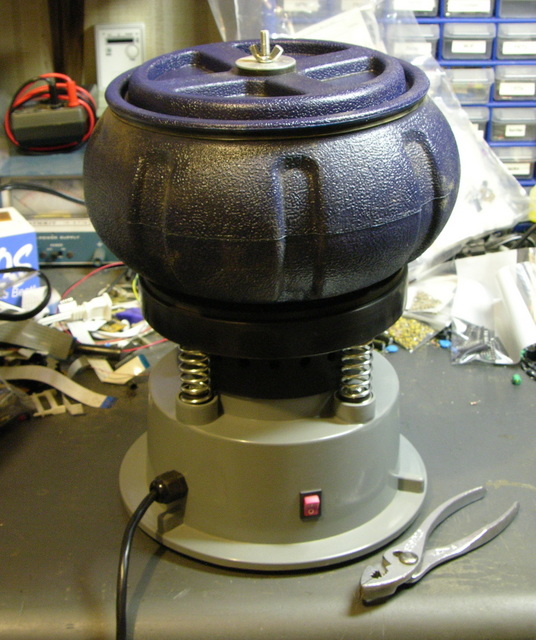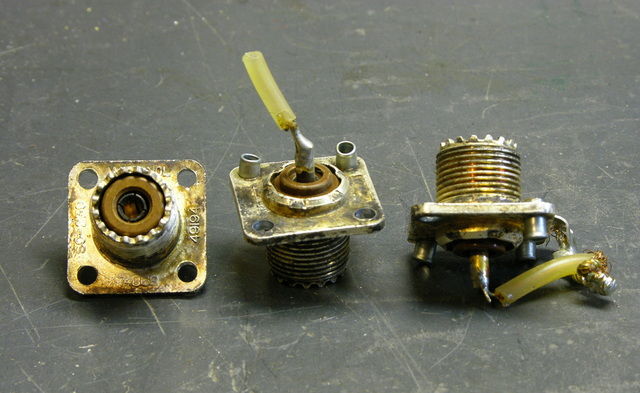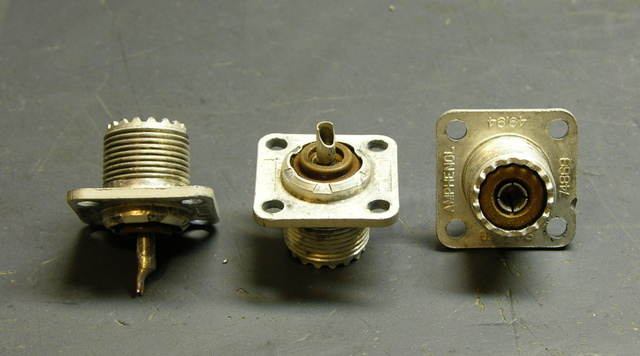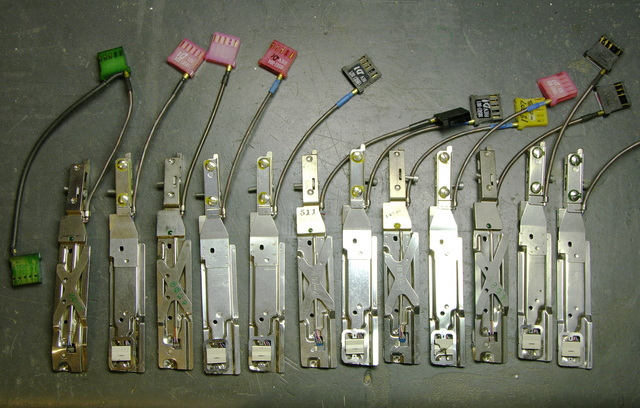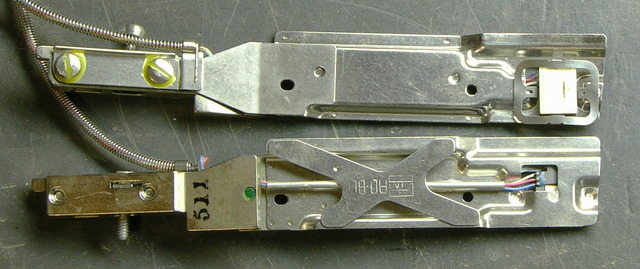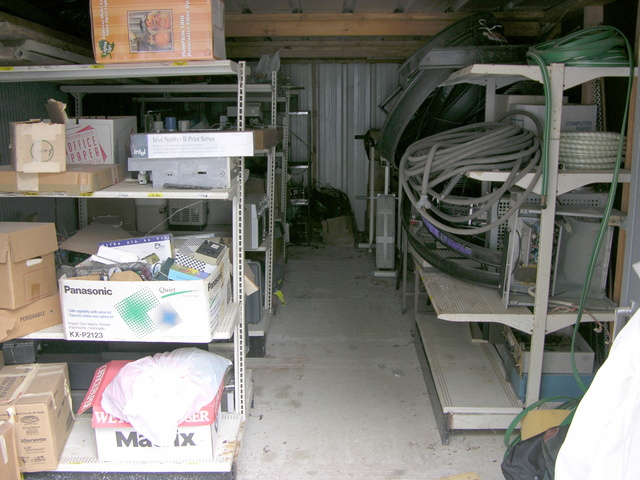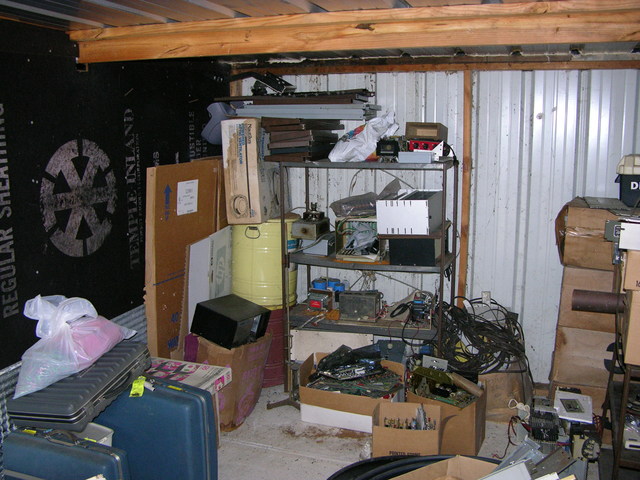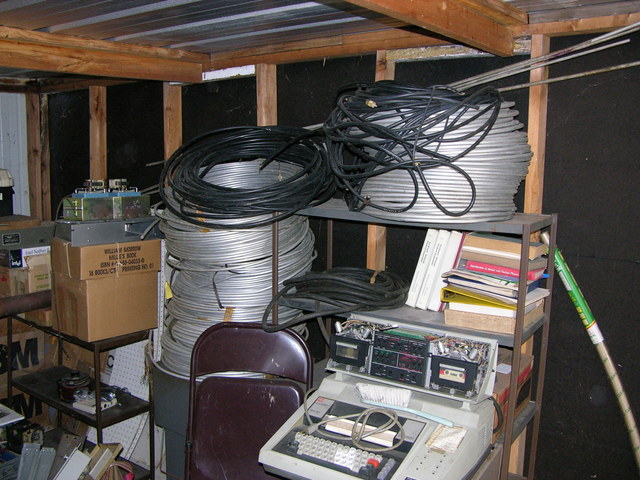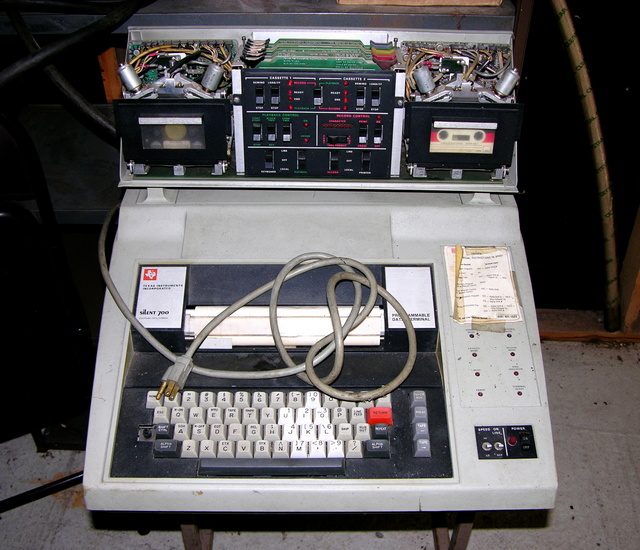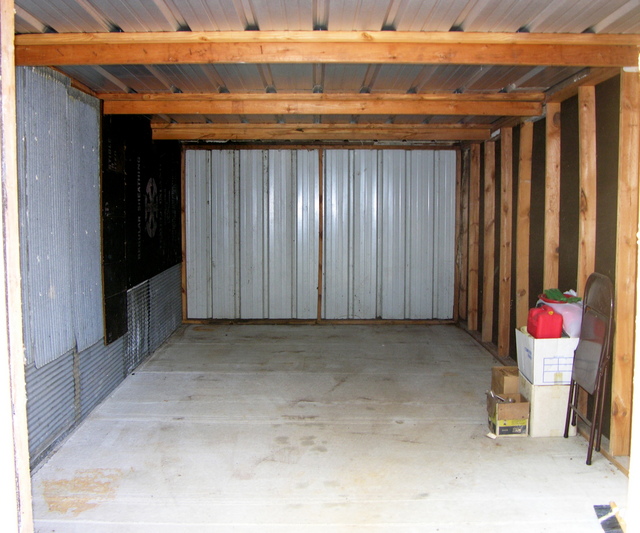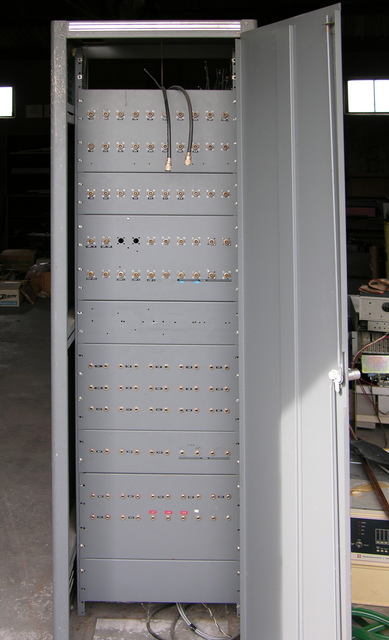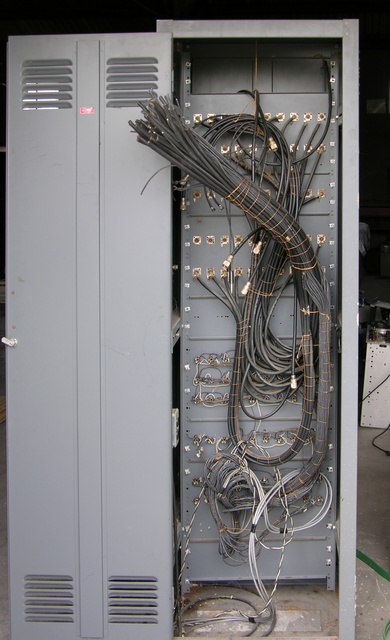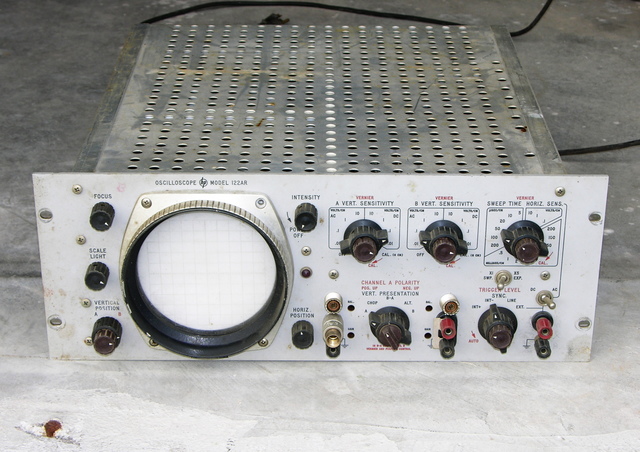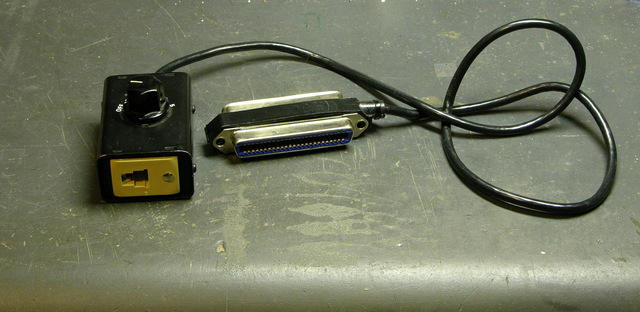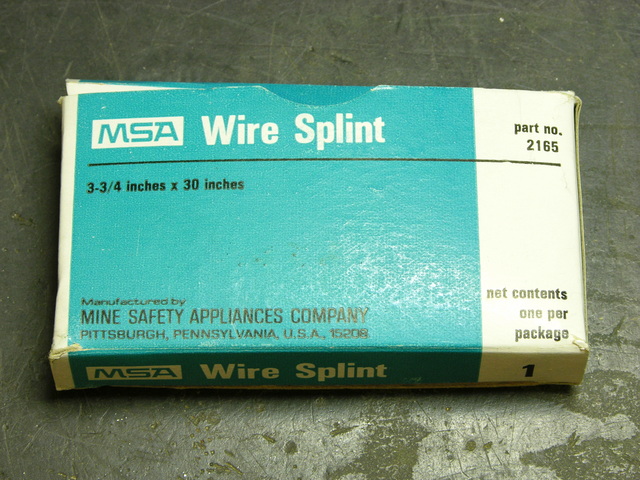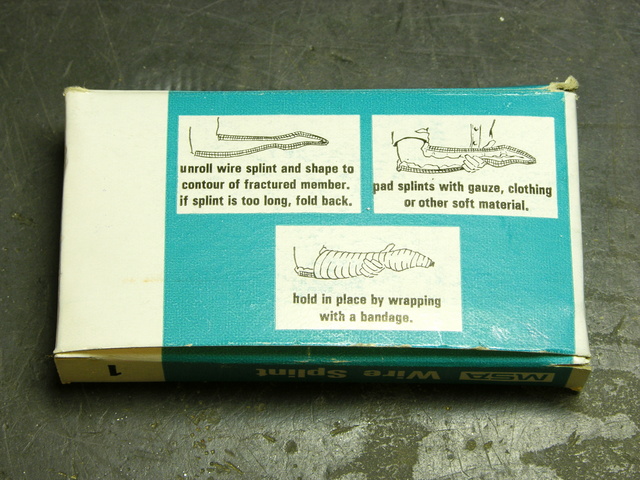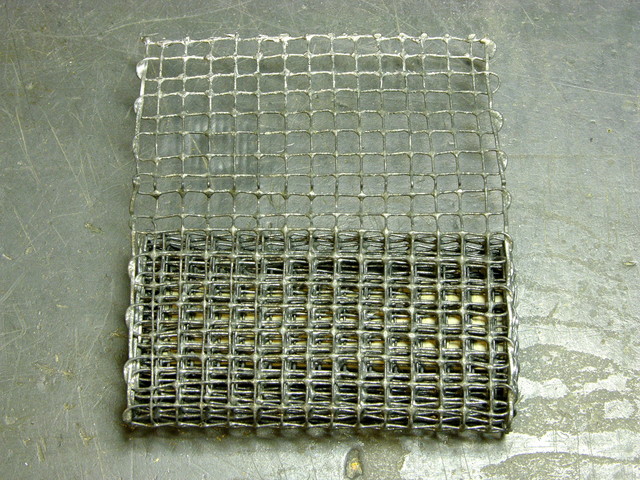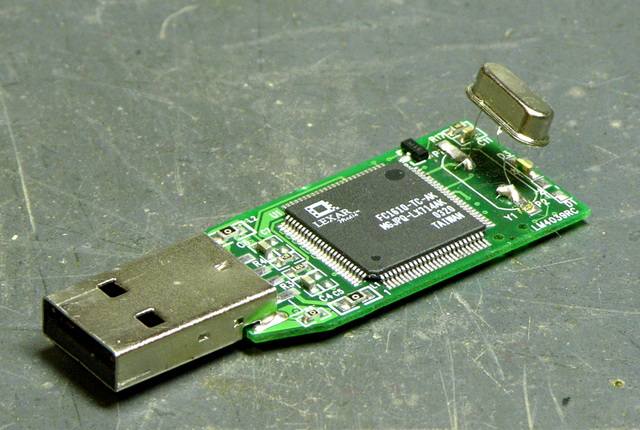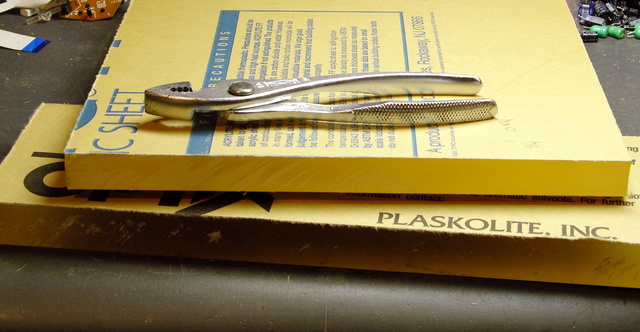
I recently bought an allegedly-broken rackmount audio effects processor on eBay, described by the seller thusly:
ZOOM STUDIO 1201
DIGITAL REVERB & MULTI EFFECTS
Powers On but no sound on output
It sounded like an interesting problem — maybe a bad jack or pot, or of course possibly a bad DSP or custom chip that I wouldn’t be able to fix — but worth $10 plus shipping to give it a shot. I was the only bidder; and after a long delay (one of the advertised features of the unit, but not one I expected from the seller) it was mine.
The first thing I noticed is that it did not, in fact, power on. The minimal instruction sheet says that the Peak LED goes green to indicate power and red to indicate peak / clipping; and mine remained off. So the unit did not, in any sense in which I’m familiar with the term, “power on.”
I checked the wall wart, thinking it might be faulty. It appears not to be the original power supply for this unit (see the verbiage at the bottom of the label — not, to my knowledge, synonymous with “audio effects processor”), but did deliver 9VDC.
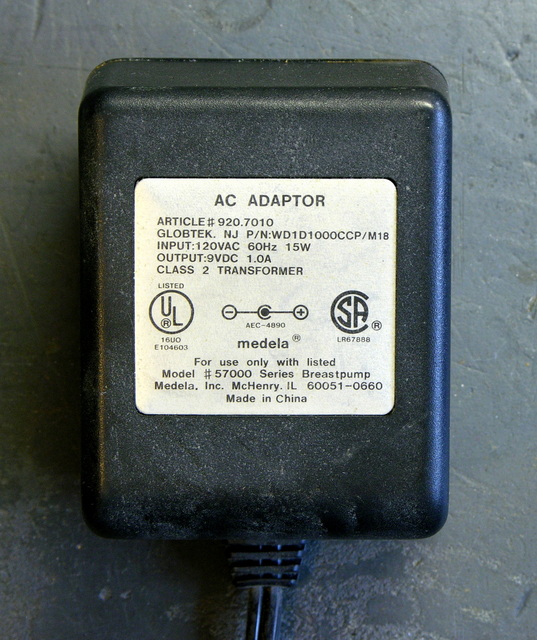
Ah, but not the right 9VDC.
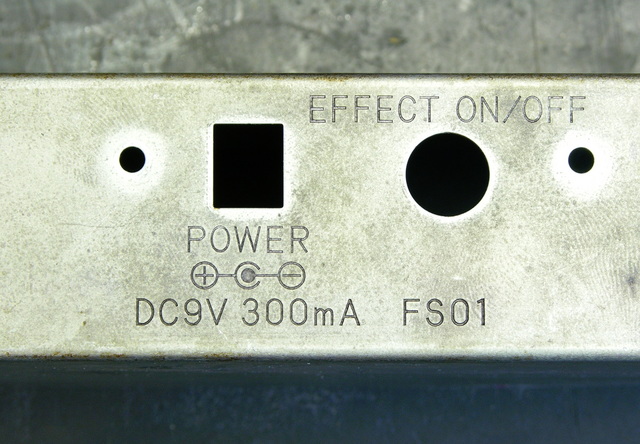
The replacement power supply had the wrong polarity. Thus I was even more puzzled as to in what sense this unit could have been considered to “power on,” unless the seller had the correct power supply while posting the unit for sale but delivered a different one.
I checked my wall wart bin but didn’t have a suitable replacement. So for testing, I used a few jumper wires and a passive auto power adapter with the same barrel connector to reverse the polarity:
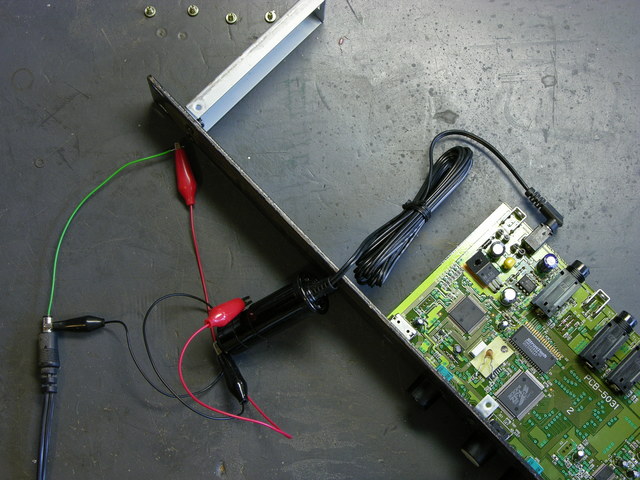
And voila! Green power light. Maybe “powers on” means “with considerable effort.”
Having tested that it was worth the trouble — that the unit hadn’t been completely blown by reversed polarity — I cut and soldered the wall wart’s cable back together to deliver the correct polarity for this unit. (Mental note: I forgot to update the diagram on the wall wart — need to go back and do that.)
I took it to my synth and inserted it between the synth and powered speaker to test whether “powers on” now equated to “works completely,” and alas, it did not. The input trim pot works and impacts the output volume; the output volume control works and impacts the output volume; but no other controls have any effect. It’s as though I’m constantly getting a “dry” mix.
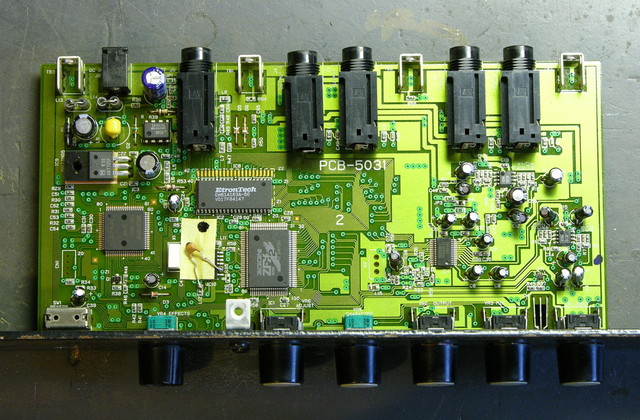
I tested the wet/dry pot in circuit, and it does vary resistance continuously over its range, so it doesn’t appear to be the problem. I tested the foot pedal effects override jack with both my meter and a spare plug, and it doesn’t appear to be faulty — and the instruction sheet says disabling effects with the foot switch will make the Peak light will go amber, which isn’t happening. I touched up the solder joints on one of the effect selector switches, and no difference. Still the “dry” sound coming straight through to the output.
Particularly puzzling to me is that the Reverb Effects selector (which is a pot with detents rather than a position encoder — evidently an A/D input was cheaper than four digital inputs) causes a brief dropout of output as it’s rotated between positions; so something appears to be talking through the digital guts of the beast. But no matter the setting, I still get the dry output.
I should note that the effects bank selector switch, although physically broken, is still electrically functional — moving it to the different positions with a small screwdriver does provide continuity among different sets of contacts on the back.
I realize now that I’ve only been testing the left channel so far, as it doubles as the mono channel. I should try testing the right channel in case something in the signal path is only broken on the left.
Anyway, at the moment I differ slightly with the seller: powers on when you hook it up right, original sound on output, but no effects.
![]()
